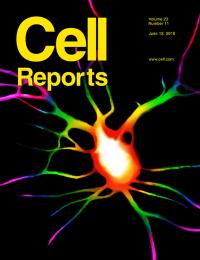1000 Citations and Counting

The IPN traces its origins back to a groundbreaking paper titled “Psychedelics Promote Structural and Functional Neural Plasticity.” This research, led by our institute's Director David E. Olson and Associate Director John Gray, along with a team of UC Davis faculty, has become foundational to the field of psychedelic science, being cited over 1,000 times. To put this major-milestone into perspective, a 2014 Nature study found that fewer than three in 10,000 research papers achieve such recognition.
Before embarking on this research, our team faced a significant obstacle: the Schedule I classification of psychedelics. This classification severely limits who can legally work with these compounds, creating challenges for collaboration with researchers outside UC Davis. Understanding these complexities, the team formed a collaborative group exclusively composed of UC Davis faculty members. This initiative not only produced influential research but also served as the nucleus for what would become IPN.
The publication of “Psychedelics Promote Structural and Functional Neural Plasticity” sparked a paradigm shift in the field of psychedelic research. For the first time, researchers demonstrated that psychedelics from multiple chemical classes shared the ability to promote structural and functional neuroplasticity in vitro, in vivo and across species.

In essence, neuroplasticity refers to the brain's remarkable ability to reshape its connectivity. This process is crucial for learning, memory, brain development and recovery from injury. Today, the idea that psychedelics promote neuroplasticity is at the heart of the psychedelic science zeitgeist, influencing research and therapeutic approaches worldwide.
The seminal Nature study also coined the term “psychoplastogen” to describe molecules capable of rapidly repairing damaged neural circuits to produce long-lasting therapeutic effects after a single dose. Today, the therapeutic potential of psychoplastogens is being explored by large pharmaceutical companies, innovative biotech startups and the National Institutes of Health.
Congratulations to our authors for reaching 1,000 citations on this paper!
